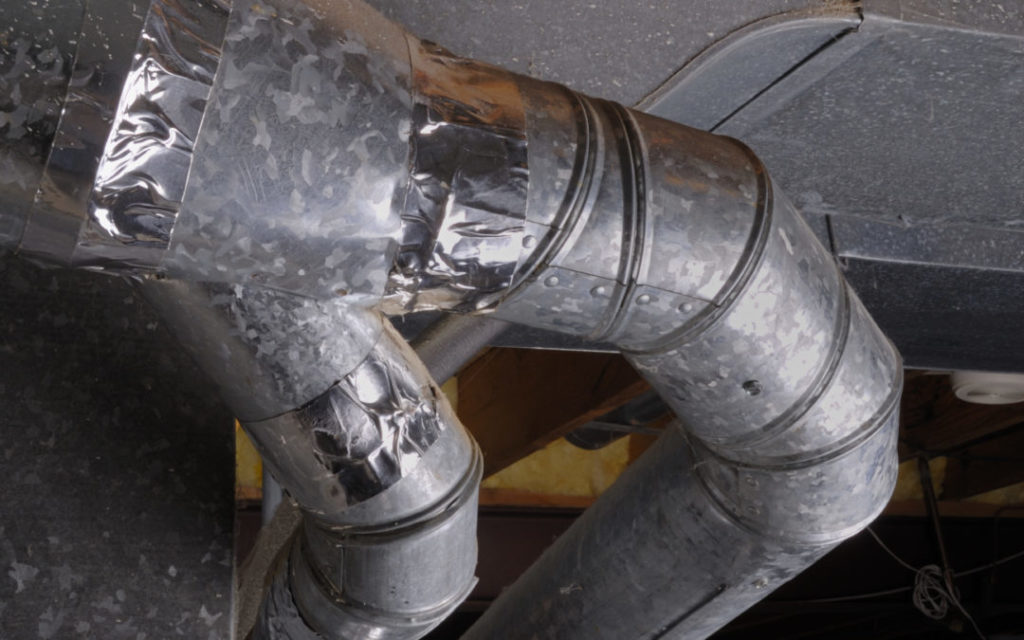Here are some tips to help prevent duct leaks in the future:

• Use high quality duct materials.
Galvanized steel or fiberglass ducts are more durable and corrosion-resistant than sheet metal ducts. These materials are less prone to cracking or developing small holes over time.
• Seal all duct joints and seams properly.
Use duct sealant, metal duct tape, or duct straps/bands to securely fasten all pieces together. Mesh tape can also be used on fibrous ducts. Loose, unsealed joints are the most common source of duct leaks.
• Insulate ducts that run through unconditioned spaces.
Insulation helps prevent condensation which can lead to leaks. It also prevents temperature differences that cause ducts to expand and contract.
• Avoid damage to ducts during installation or repairs.
Be very careful when cutting, bending or installing ducts to prevent tears, dents or holes. Patch and seal any damage immediately.
• Use duct anchors to securely fasten ducts in place.
Hanging ducts from the ceiling can put strain on joints and increase the chances of leaks developing over time. Anchors provide extra support.
• Consider duct pressure testing before closing up walls or ceilings.
Pressure testing helps identify any leaks or weak spots so you can seal them before insulation and drywall are installed.
• Have your HVAC system and ductwork inspected regularly.
Annual inspections can spot any potential issues early and prevent small problems from becoming bigger, more expensive leaks down the road.
• When leaks are detected, repair them promptly.
Minor leaks can often be patched, but left unaddressed they may worsen and cause energy loss, moisture damage, and higher repair costs.
• For large existing leaks, it may make sense to reseal or partially replace damaged sections of ductwork. Partial duct replacement is often more cost effective than replacing an entire system.

